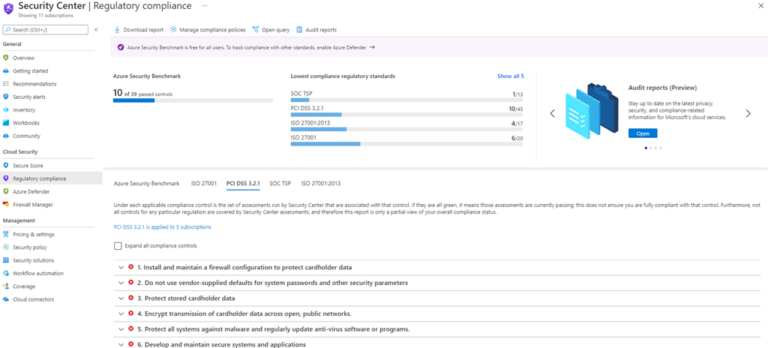Introduction
Linux shell scripting is a powerful tool for automating repetitive tasks, customizing system operations, and managing complex workflows. This article aims to unravel the intricacies of shell scripting, illustrating its significance in automating system tasks across various Linux distributions. We will explore different shells, such as Bash and Zsh, each offering unique features for scripting.
Basics of Linux Shell Scripting
Understanding the Linux CLI
The command-line interface (CLI) is the cornerstone of interacting with the Linux operating system. It allows users to enter commands directly, offering greater control and flexibility compared to graphical interfaces.
Fundamental Syntax and Commands
Linux shell scripting begins with the “shebang” (#!/bin/bash), which specifies the interpreter. Basic commands include echo for printing text, read for input, and control operators like ;, &&, and || for command chaining and decision-making.
Creating and Executing Scripts
Scripts are essentially text files with executable permission. To create a script, use a text editor to write commands, then save the file with a .sh extension. Make the script executable using chmod +x script.sh and execute it with ./script.sh.
Variables and Data Types
Shell scripts use variables to store data. Unlike many programming languages, variables in shell scripts don’t have explicit data types. They are treated as strings, but arithmetic operations are still possible.
Control Structures
Control structures like if-else statements and for, while, and until loops enable conditional execution and repetition of commands.
Advanced Scripting Techniques
- Functions and Modular Scripting – Functions in shell scripts promote code reuse and organization. They are declared using the
functionkeyword and can accept parameters. - String Manipulation and Regular Expressions – Shell scripting offers powerful string manipulation capabilities, including substring extraction, replacement, and pattern matching using regular expressions.
- File and Directory Operations – Scripts can automate file management tasks such as creating, deleting, copying, and moving files and directories.
- Error Handling and Debugging – Error handling is crucial for robust scripts. Techniques include trapping errors, using exit statuses, and implementing conditional checks. Debugging can be done using
set -xto trace script execution. - System Processes and Environment Variables – Scripts can interact with system processes and manipulate environment variables, enabling them to control and configure system settings dynamically.
Real-World Automation with Shell Scripts
- System Monitoring and Maintenance – Scripts can automate system updates, monitor disk usage, and manage system services.
- Automated Backups and Batch Processing – Creating scripts for scheduled backups and processing large batches of files or data can significantly improve efficiency.
- Network Automation – Scripts can automate network tasks like monitoring connectivity, configuring firewall rules, or managing VPN connections.
- User and Permissions Management – Automate user account creation, password management, and file permissions setting through scripts.
Best Practices in Shell Scripting
- Writing Maintainable Code – Write clear, well-commented scripts. Use descriptive variable names and adhere to a consistent coding style.
- Security Considerations – Be cautious with user input, avoid hardcoding sensitive information, and understand the implications of running scripts with elevated privileges.
- Performance Optimization – Avoid unnecessary command calls and use built-in shell features where possible for performance gains.
- Cross-Shell Compatibility – Understand differences between shells (like Bash and Zsh) to ensure scripts are portable and compatible across different environments.
- Using External Tools – Leverage external tools and utilities to extend the capabilities of your scripts.
Learning Resources and Tools
- Resources like “Learning the bash Shell” by Cameron Newham and online platforms offer comprehensive learning materials.
- IDEs like Visual Studio Code and text editors such as Vim and Emacs enhance scripting with features like syntax highlighting and code completion.
- Explore tools like ShellCheck for script analysis and debugging.
Conclusion
Linux shell scripting is a versatile and indispensable tool in the arsenal of system administrators and power users. Its ability to automate complex tasks not only saves time but also opens up new possibilities in system management and configuration. As technology evolves, so does the scope of what can be achieved with these scripts, making it an ever-relevant skill in the tech world.





